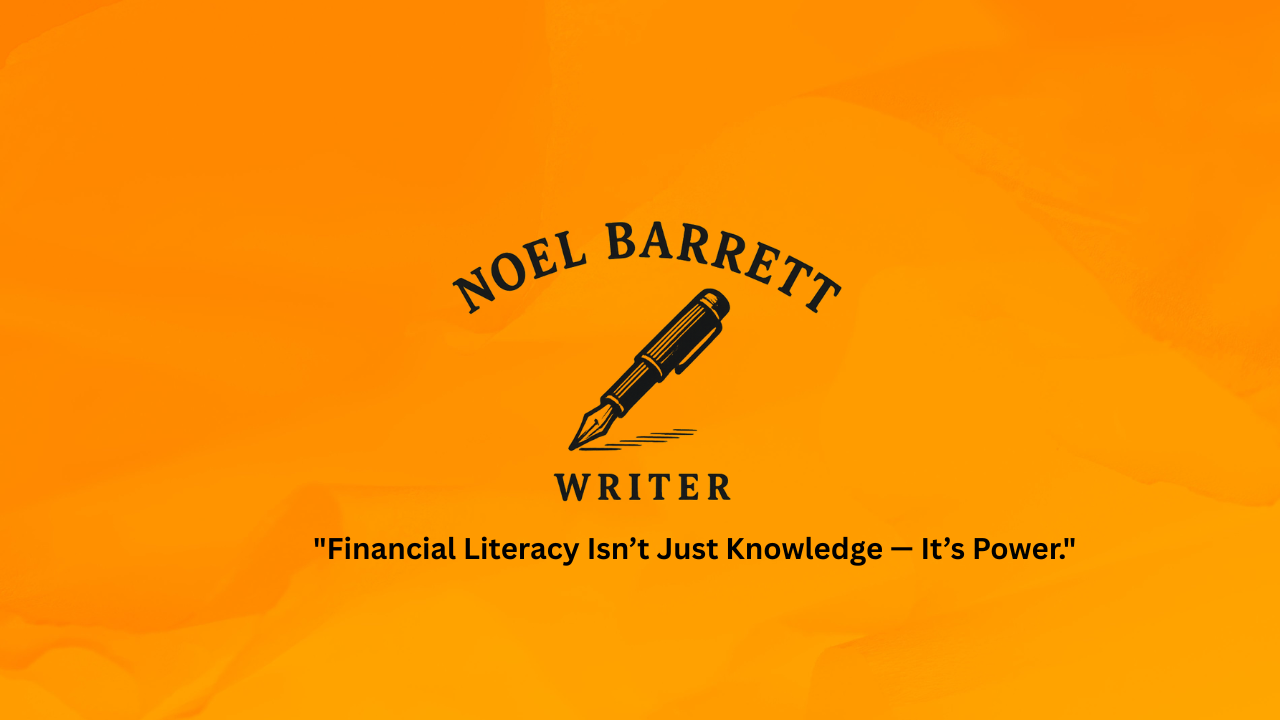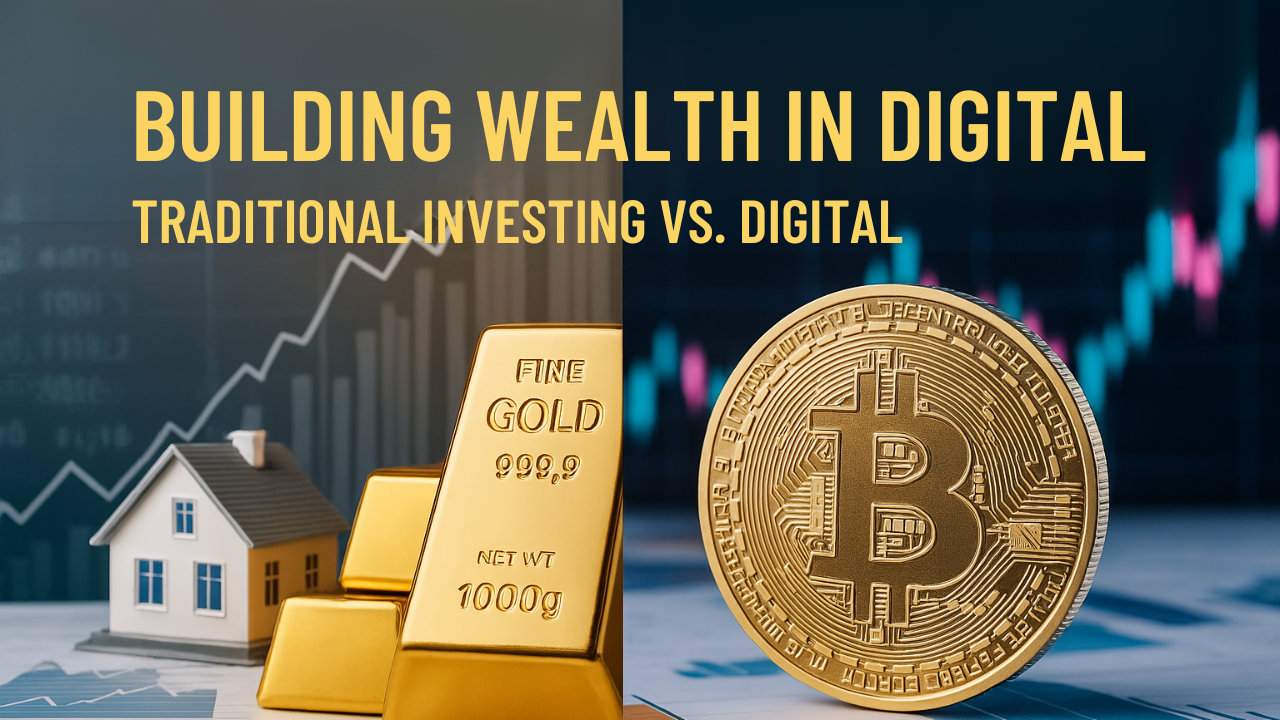Imagine waking up on a Monday with no job to rush to, no boss to report to, and the entire day—and life—ahead of you, on your terms. That’s the promise of the FIRE movement: Financial Independence, Retire Early.
FIRE is more than a money strategy—it’s a lifestyle shift built on the belief that with aggressive saving, intentional living, and smart investing, you can retire decades earlier than the traditional age of 65.
But is FIRE realistic for the average person? Is it sustainable long-term? And what are the hidden challenges behind the dream? This guide dives into the mechanics, philosophy, trade-offs, and criticisms of the FIRE lifestyle to help you decide: Is FIRE right for you?
What Is FIRE, Really?
- Financial Independence (FI): Having enough wealth to live off your investments without needing to work for money.
- Early Retirement (RE): Stepping away from traditional employment in your 30s or 40s.
At its core, FIRE is about time freedom—the ability to choose how you spend your days without financial constraints.
Core Principles of FIRE
Aggressive Saving
1. FIRE adherents often save 50%–70%+ of their income. This requires:
- Frugality: Living well below your means
- Intentional Spending: Prioritizing value over luxury
- Lifestyle Design: Minimizing recurring expenses
2. Smart Investing
Savings are typically invested in:
- Low-cost index funds
- Dividend-paying stocks
- Real estate
- Tax-advantaged accounts (401(k), IRA, HSA, Roth IRA)
FIRE followers harness compound growth to build large portfolios faster than average.
The Math Behind FIRE: Understanding the 4% Rule
A common planning tool is the 4% rule, which suggests you can safely withdraw 4% of your retirement portfolio annually without running out of money over 30 years.
Example:
To live on $40,000/year in retirement:
$40,000 ÷ 0.04 = $1,000,000
(You'd need 25x your annual expenses saved.)
But Here’s the Caveat:
- Longer Retirement Horizons: Retiring at 30 or 40 could mean supporting yourself for 50–60 years—not just 30. A 3–3.5% withdrawal rate may be more appropriate.
- Taxes: The 4% rule doesn’t factor in taxes on retirement withdrawals or capital gains.
- Healthcare Costs: Without employer coverage or Medicare (before age 65), expenses can spike.
- Market Volatility: Extended exposure to market cycles increases sequence-of-returns risk.
Takeaway: The 4% rule is a guideline—not a guarantee. Early retirees should plan for greater variability and uncertainty.
Who Really Achieves FIRE?
FIRE is often portrayed as a universal path, but it’s important to consider the success rate and demographics:
- Studies and surveys suggest only a small percentage of people fully achieve traditional FIRE (complete financial independence and early retirement before 45).
- Most FIRE achievers:
- Are dual-income, high earners
- Have few or no dependents
- Leverage geographic arbitrage (moving to lower-cost areas)
- Others shift into Barista FIRE or Coast FIRE due to life changes or financial realities.
Realistic case studies show that FIRE is possible—but often requires above-average discipline, income, or sacrifices.
Psychological & Lifestyle Challenges of FIRE
The emotional side of FIRE is often under-discussed, yet it’s a crucial component of long-term success and satisfaction.
Common Psychological Challenges:
- Frugality Fatigue: Long-term strict budgeting can lead to burnout or resentment—especially if it feels like you’re “missing out” on life experiences.
- Social Disconnect: FIRE can make you feel like an outsider in a society driven by consumerism. Friends may not understand your lifestyle choices.
- Loss of Purpose: Work provides structure, meaning, and identity for many. Without a post-retirement plan, some early retirees feel lost, isolated, or anxious.
- Fear of Outliving Savings: Constant worry about portfolio performance can make FIRE feel less like freedom and more like financial micromanagement.
Is FIRE Achievable for Everyone?
FIRE is possible across income levels, but the timeline and lifestyle may vary.
FIRE Variations:
- Lean FIRE: Retire early with <$40K/year and minimalist living
- Fat FIRE: Retire with a higher budget and more luxuries
- Barista FIRE: Semi-retire while earning part-time income
- Coast FIRE: Save aggressively early, then coast on growth
Criticisms of the FIRE Movement
While the FIRE philosophy has merit, it also faces valid criticisms:
- Excessive Frugality Can Diminish Life Quality FIRE should empower you—not restrict you to a life of self-denial.
- Not Universally Accessible Student loans, medical debt, family obligations, and systemic barriers make FIRE much harder for many.
- Can Promote a “Retire to Escape” Mentality Some pursue FIRE to run from unfulfilling jobs, rather than designing meaningful post-retirement plans.
- Ignores Non-Financial Goals Mental wellness, relationships, and personal growth are just as critical as financial metrics.
Final Thoughts: Is FIRE Right for You?
FIRE isn’t just about quitting your job—it’s about designing a life that aligns with your values and goals. But it’s not a one-size-fits-all solution.
FIRE Might Be Right for You If:
- You value freedom over luxury
- You’re committed to long-term planning
- You’re emotionally prepared for minimalism and sacrifice
- You have or can build a strong support system
FIRE May Not Be Right (Yet) If:
- You’re still paying off high-interest debt
- You dislike budgeting or delayed gratification
- You lack access to affordable healthcare or insurance
- You haven’t thought through your post-retirement purpose
You don’t have to fully retire early to benefit from FIRE principles. Even partial adoption—such as higher savings, better investments, or smarter spending—can lead to greater financial freedom, peace of mind, and life flexibility.







